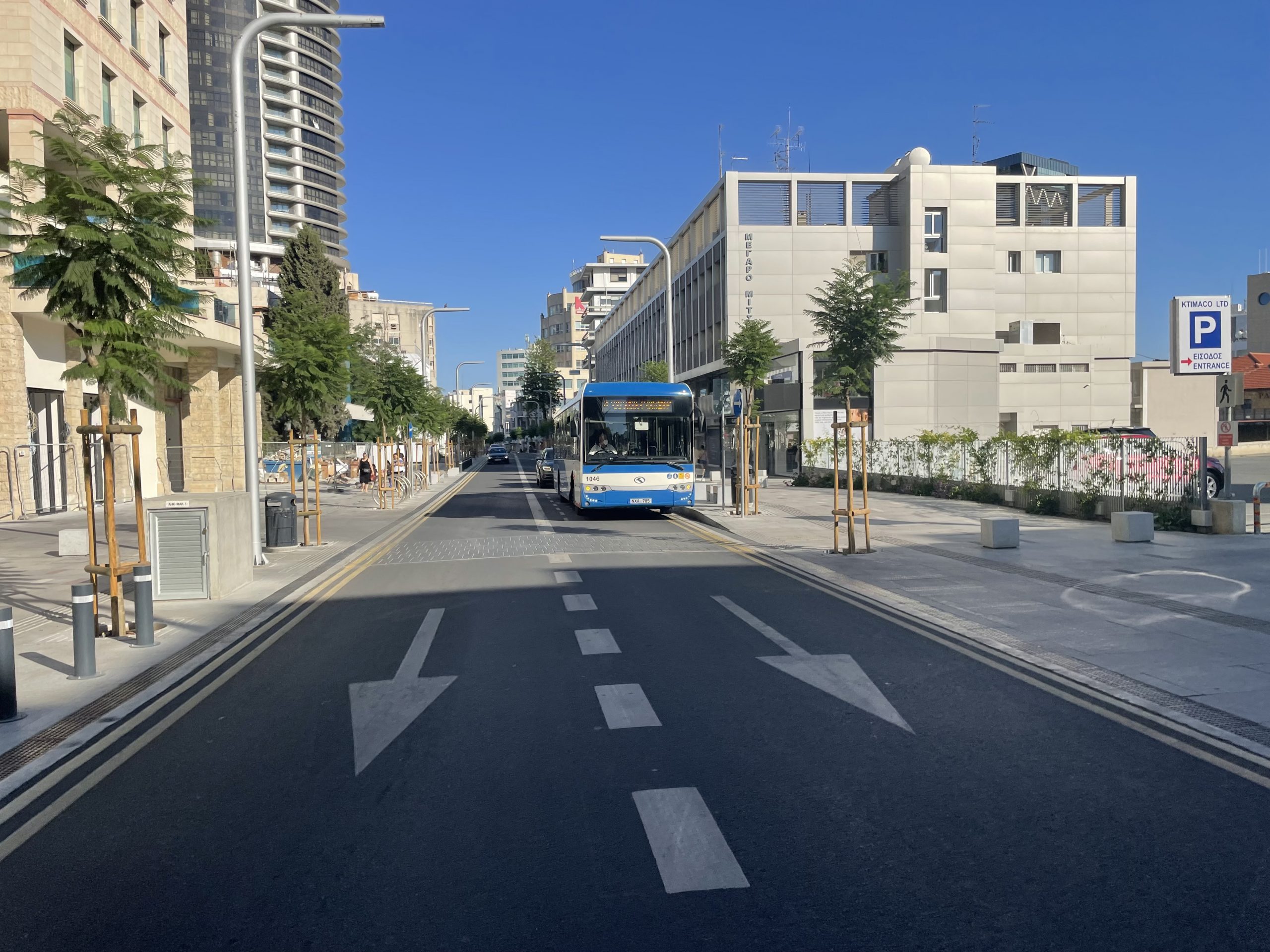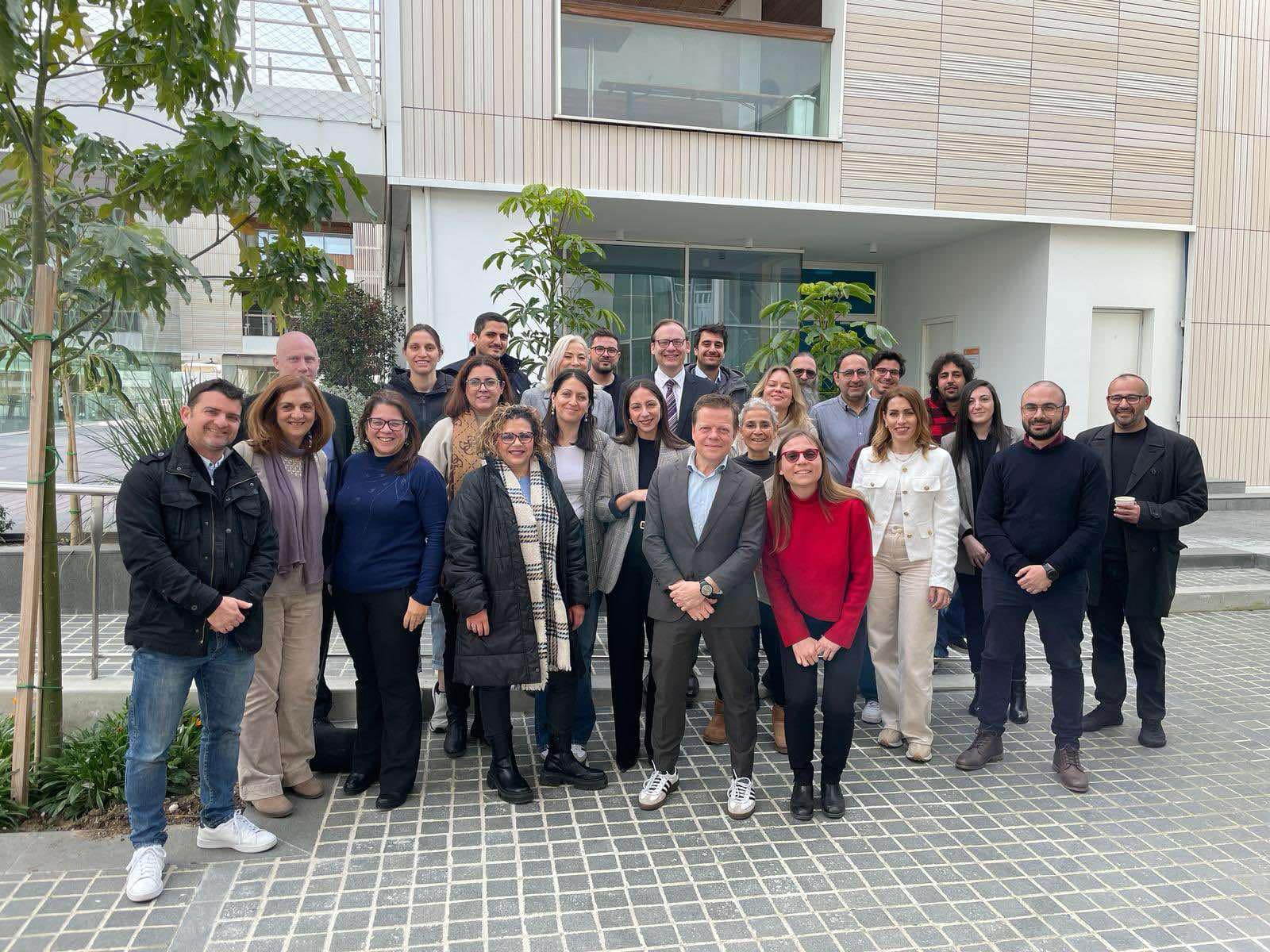Actions
Thematic Sections
What is Sustainable Mobility?
Imagine a city:
- with less traffic on the roads,
- with cleaner air,
- where pedestrians, cyclists and drivers move around safely,
- and where everyone can choose alternative ways to get to their destination comfortably, quickly and affordably.
In short, imagine a more livable, more human city.
How can that become reality? Through Sustainable Mobility.
How is Sustainable Mobility put into action?
Through Sustainable Urban Mobility Planning (SUMP). SUMP is a comprehensive strategy that helps organize urban life in a way that benefits everyone in the city.
With priorities like public health, reducing the effects of climate change, noise pollution and air pollution, SUMP aims to develop all modes of transportation in a balanced way—while promoting alternative ways of getting around. And as experience shows, this kind of development leads to better quality of life in cities.
Sustainable Urban Mobility Planning isn't just about protecting the environment. It’s about all of us—how we live and move around in our cities. More than a choice, it’s a mindset. A way of life that makes cities healthier, safer and more enjoyable—now and for future generations.

With scientific planning that doesn't only “look” at the present, but has a very long-term perspective. It also incorporates everything that citizens and institutions have submitted regarding their needs.
1. Designing sustainable mobility in the "functional urban area"
2. Cooperation between all competent institutions
3. Participation of citizens and the bodies involved
4. Assessment of existing and future performance
5. Defining a long-term vision and a clear implementation plan
6. Integrated development of all means of transportation
7. Organization of systematic monitoring and evaluation
8. Quality assurance






















